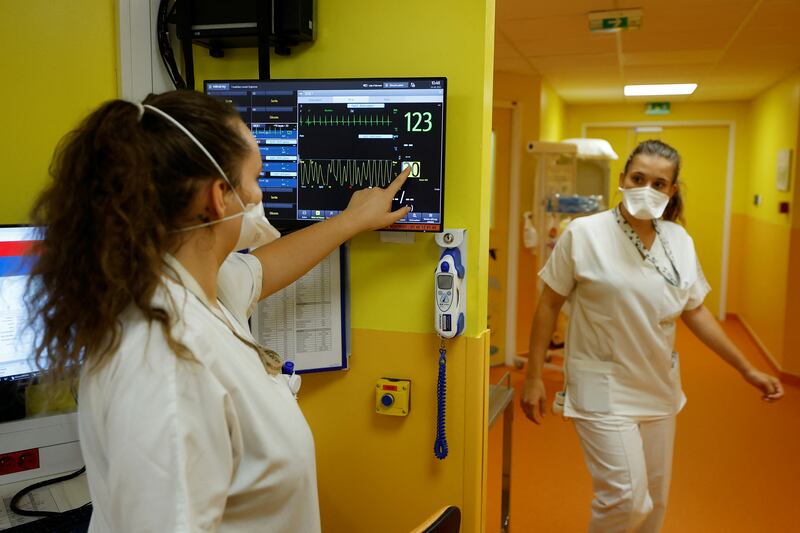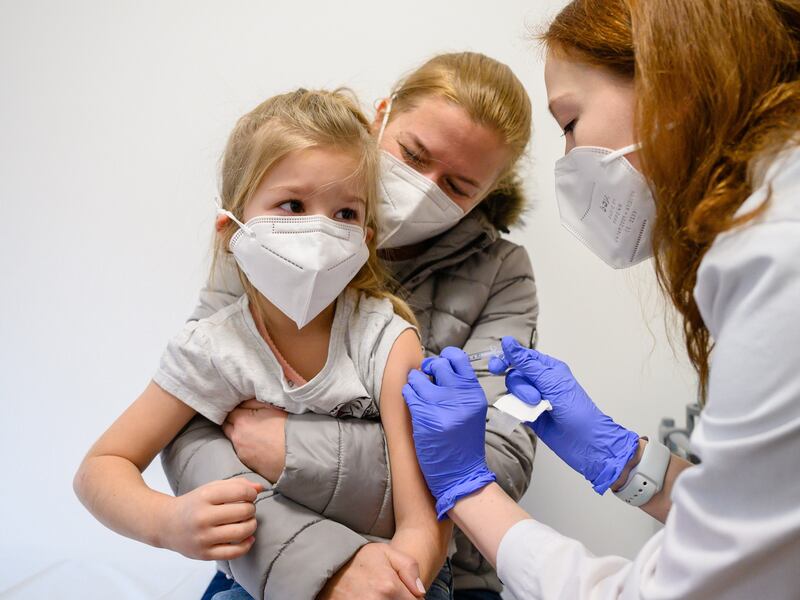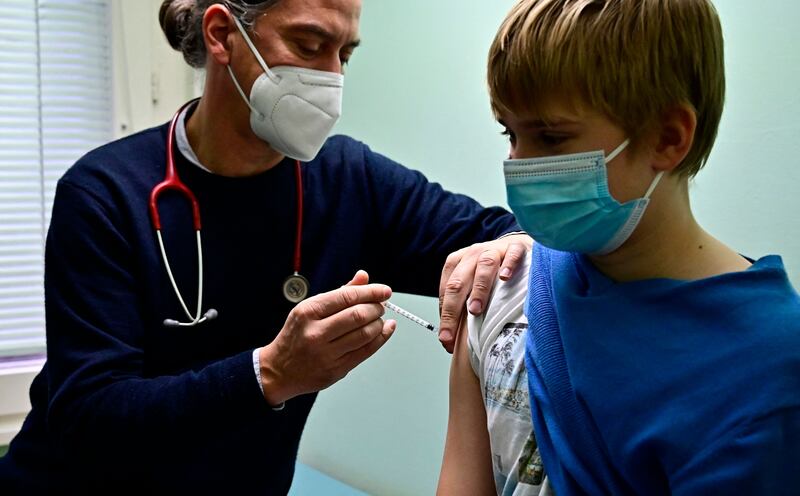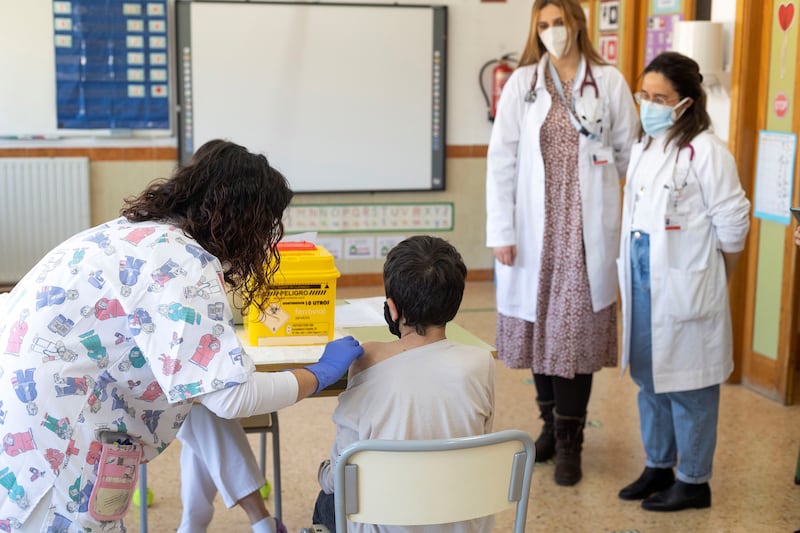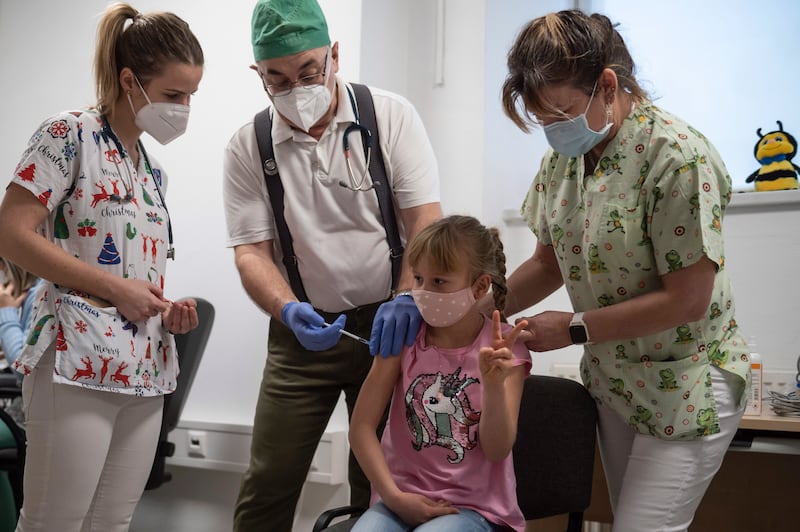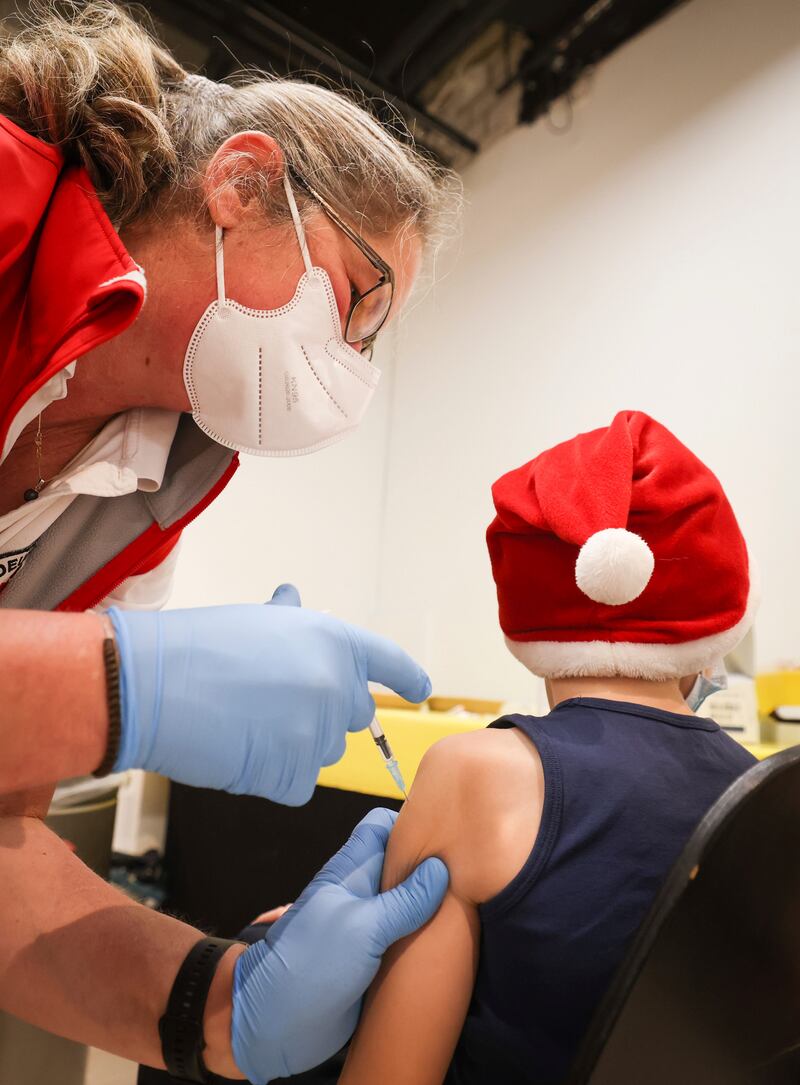Emergency rooms across the US are reporting an alarming spike in cases of a respiratory illness among young children.
RSV, or respiratory syncytial virus, is a common illness that generally causes cold-like symptoms — cough, runny nose and lethargy.
But while it usually amounts to little more than an annoyance for adults, it can have serious consequences for young children, occasionally developing into bronchiolitis, or the inflammation of the small airways in the lungs.
Jorge Gomez, who brought his 3-year-old son to a northern Virginia-area hospital last week after noticing he was having trouble breathing, was surprised by how crowded the waiting room was.
“Getting to the hospital with a toddler is always a stressful experience,” he said. His son ended up being admitted for several days, but not before spending hours waiting for a bed to open up.
The number of RSV cases this year in US are far from normal: typically, there are about 2.1 million outpatient visits among children younger than 5 years old and about 58,000 hospital admissions for the same age group, according to the US Centres for Disease Control and Prevention. Between 100-500 children in this age group die from the disease every year.
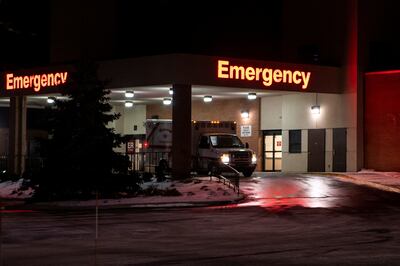
At the national level, paediatric bed capacity is the highest it has been in two years, with 71 per cent of the estimated 40,000 beds filled, the Department of Health and Human Services said.
Children’s National Hospital in Washington, Inova Fairfax in northern Virginia and the Johns Hopkins Hospital in Baltimore, Maryland — all of which represent more than 650 beds — are at capacity, physicians at the hospitals told The Washington Post this week.
There is no cure for RSV, aside from time, rest and fluids. Children admitted to hospital are often treated with nebulisers or oxygen to keep their blood oxygenation at a normal level.
The question many parents are asking is why this is happening.
Experts say it may have something to do with the Covid-19 pandemic. When lockdowns, mask-wearing and social distancing measures were in place across much of the country, the circulation of coronavirus as well as other illnesses slowed.
Now that Americans are going back to work — and children are heading back to school and day care — upper respiratory diseases are spreading with greater regularity and peaking at an unusual time of year.
With many children potentially not having been exposed to RSV during the pandemic, their immunity waned. When they returned to the classroom or day care, not only did the disease spread like wildfire but it also hit many harder than usual.
Evidence is building that the US is likely to be hit with a wave of Covid-19 in the coming months, meaning that even after hospitals gain control over the rise in RSV cases, they may still be in for a long winter.
